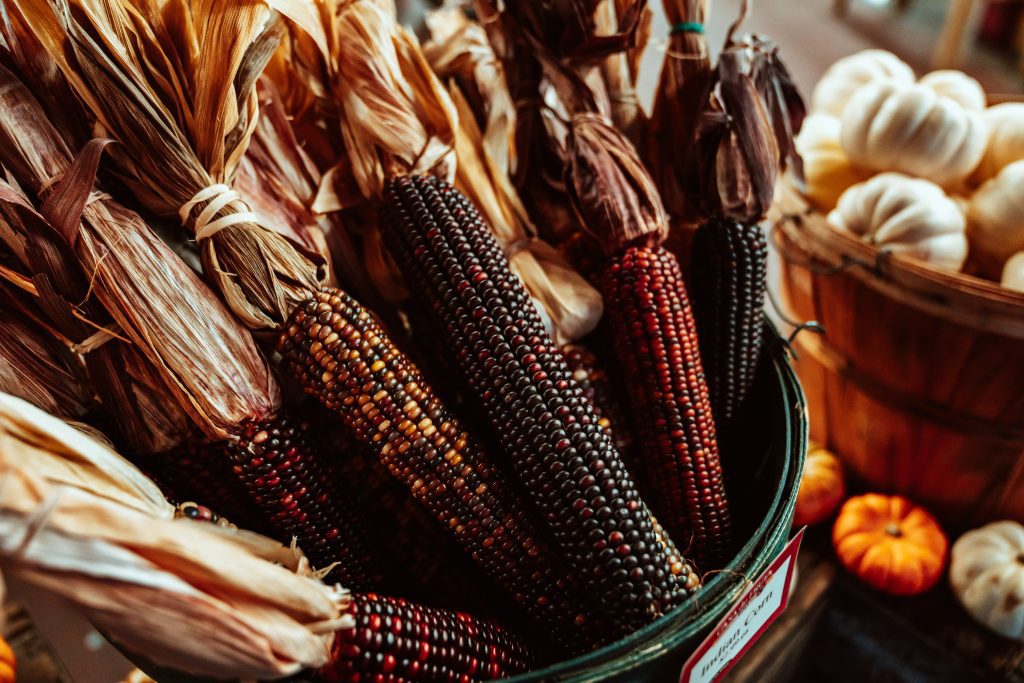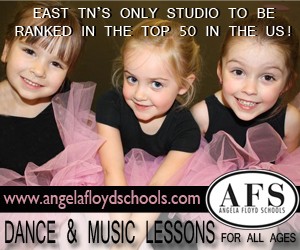 I am homeschooling my second grade daughter for the first (and hopefully only) time this year *thanks rona* and although it has been a challenge at every turn, one thing I do love about it is the freedom I have to design a curriculum that takes many diverse viewpoints into account, especially where history is concerned. I have been excited for the week leading up to Thanksgiving and the opportunity to make sure she was given an accurate, well-rounded and culturally sensitive account of the origins of this holiday.
I am homeschooling my second grade daughter for the first (and hopefully only) time this year *thanks rona* and although it has been a challenge at every turn, one thing I do love about it is the freedom I have to design a curriculum that takes many diverse viewpoints into account, especially where history is concerned. I have been excited for the week leading up to Thanksgiving and the opportunity to make sure she was given an accurate, well-rounded and culturally sensitive account of the origins of this holiday.
But when I started lesson planning a few weeks ago, it hit me how overwhelming it was going to be. The amount of misinformation she has absorbed in a few short years of schooling coupled with the dearth of age appropriate materials to support the Native American perspective were vast. It took me quite a few evenings, lots of google searches, several trips to the library, books ordered online and many YouTube videos for an overview to begin to take shape. I found that the internet actually has quite a few informative articles linking work done by indigenous peoples around this issue, but my struggle was in translating that to early elementary age content and in finding readily available support materials (books, crafts, videos) that didn’t reinforce the dated stereotypes I am trying to avoid.
I’m going to share a few of the resources I used with you below as a place to begin but this is by no means an exhaustive list.
One resource I found very helpful for younger kids was this Thanksgiving Lesson Plan Booklet put out a few years ago by Oklahoma City Public Schools’ Native American Student Services. It is a collaboration of several Native educators within the OCPS system as a response to the need expressed by their teachers and the parents of Native students for more culturally sensitive and historically accurate materials for the inevitable Thanksgiving activities occurring in classrooms during the month of November. I found the suggested reading list very helpful, although I was disappointed to learn that few of these titles were available through our public library system. I was able to order a few online and also loved the quick facts included in the document as a succinct summation which was easy for my seven-year-old to grasp.
Another important piece of teaching the history of Natives in our country is to acknowledge all of their history instead of addressing only the brief moment in time surrounding what came to be known as Thanksgiving. In order to do this, we checked out a map of native lands to show us which tribes traditionally lived in which areas of the country. We could type in Plymouth, Massachusetts or Knoxville, Tennessee and bring up a list of tribes native to those areas. It was an eye-opening exercise to see how much overlap there was between tribes and the stark contrast that made to the rigid state lines we see on our map today. It paved the way for a discussion on Native vs English views of land ownership.
 I also found YouTube to be a good source for videos and interviews with present day tribe members. My daughter wanted to know what happened to the Native Americans, as she’d been conditioned to think of them as a historical entity instead of the very much alive and vibrant people they still are. We especially enjoyed seeing this video on the lives of two contemporary Wampanoag girls around her age.
I also found YouTube to be a good source for videos and interviews with present day tribe members. My daughter wanted to know what happened to the Native Americans, as she’d been conditioned to think of them as a historical entity instead of the very much alive and vibrant people they still are. We especially enjoyed seeing this video on the lives of two contemporary Wampanoag girls around her age.
After reading several books from the reading lists, watching some supplemental videos and reading a few interviews from the Native perspective, here are some of the important takeaways we learned from our studies:
- The Thanksgiving meal as we think of it was actually a several days long harvest celebration that was not meant to initially include Native Americans from the Wampanoag tribe. When Natives heard English hunters’ shots, they worried about an attack and came with 90 warriors to assess the situation. The English invited them to stay for the celebration but it was not the offering of gratitude and friendship many of our children’s books make it out to be. It wasn’t until over 200 years later that Lincoln declared Thanksgiving a national holiday and most of our food and traditions surrounding the holiday have little to do with what that first gathering looked like.
- Squanto was essential to the English settlers learning to plant crops and survive in their new home. He was able to help instruct them in farming techniques because he had learned English when he was previously kidnapped and sent to England as a slave.
- The terms “Pilgrim” and “New World” have no place in a historically accurate discussion of the holiday because it paints the English as brave adventurers, on a religious journey to discover and explore uncharted territory. In actuality, the area was already home to many diverse Native nations. Also, the English and Dutch who arrived on the Mayflower were not the first Europeans to come to the area and previous settlers had already decimated the Native population with the introduction of smallpox.
- Dressing up as Native Americans during Thanksgiving celebrations, including feather headdresses and paper bag vests, makes a caricature out of Native peoples, appropriates sacred ceremonial dress and relegates them to the distant past as historical figures.
I know it can be hard to change our traditions, language and habits around this holiday, especially when many of us have learned and perpetuated these myths since our own childhood. But as Dr. Star Yellowfish, Director of Native American Student Services for Oklahoma City Public Schools (OKCPS) and a member of the Keetowah Cherokees, points out, Thanksgiving is an opportunity to demonstrate how “two extremely different communities worked together to coexist and how we can learn from that. [Even though the relationship between the English settlers and Wampanoags was temporary and often strained, it was a rarely achieved peaceful coexistence between early Native Americans and Europeans.]”
Lessons surrounding Thanksgiving can still be fun and involve crafts. We had some light-hearted lessons thrown in this week too involving a beaded calico corn craft, comparing and contrasting pies, and disguising a turkey so he wouldn’t be eaten. Kids can still be encouraged to think about gratitude and their own cultural traditions surrounding Thanksgiving. But an entire culture’s history and traditions don’t have to be neglected or misrepresented in order to do that.


















